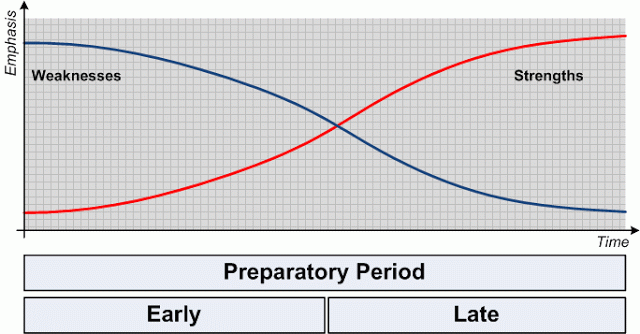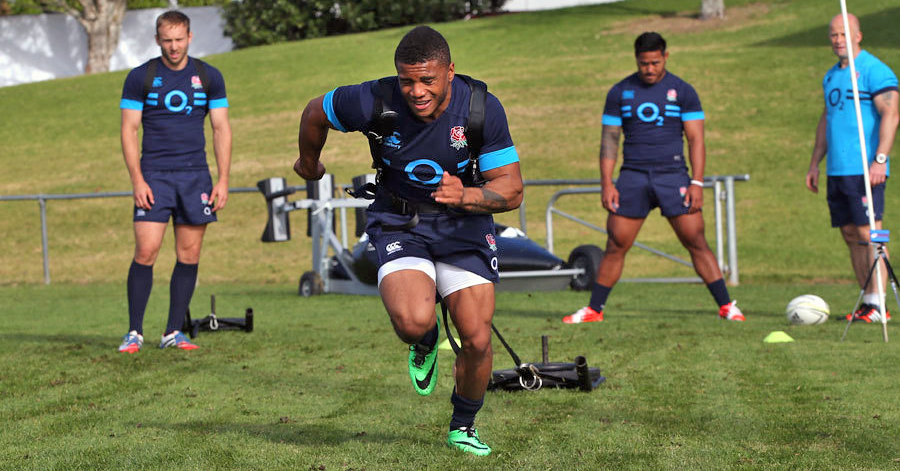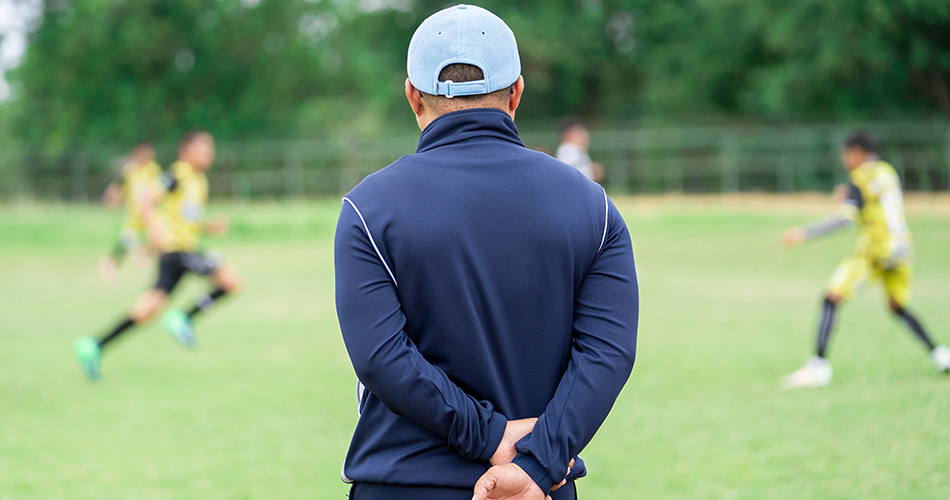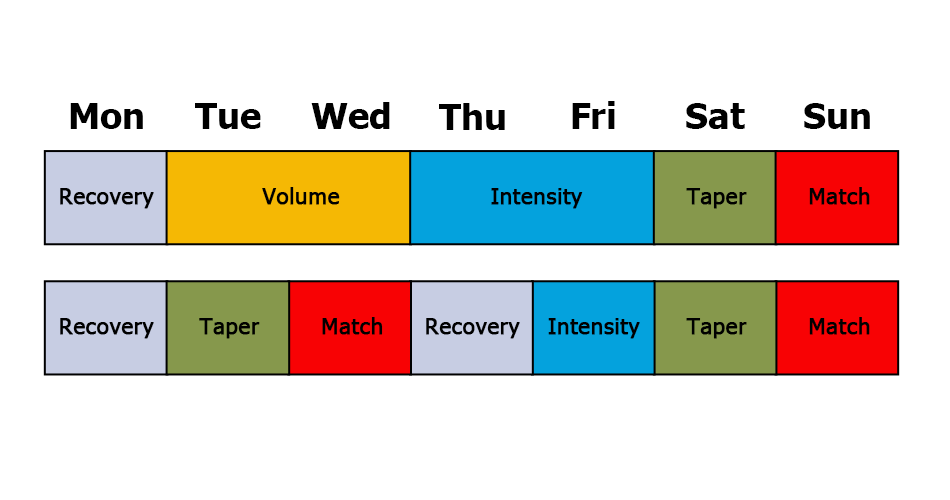Strengths~Weaknesses
Should athletes work on improving their weaknesses OR emphasizing their strengths in the training process? The answer to this question is of course it depends. The relationship between organism~environment determines the strengths and the weaknesses of the athletes.

Based on the evaluation of the strengths and the weaknesses training goals are proposed. The question is again should we work more on strengths or fix the weaknesses?
What is the relationship between strengths and weaknesses and are they inversely related? Are your weaknesses limiting your strengths and/or vice versa? Can you avoid showing your weaknesses and emphasizing your strengths by certain tactical and strategic decisions and plans? Or there is no way around?
In powerlifting the amount of weight one can lift is determined by the weakest link/point in the movement and thus to improve strength in the lift (with advanced athletes) one needs to fix weak links with special exercises. Thus the art and science of training is to find the best way to improve the weak link and incorporate it in the full movement. Anyway, even in this ‘serial’ problem (the strength of the chain is determined by the weakest link) there may be the way around it: if you get the certain speed to pass through the sticking point, then you are ‘masking’ your weak link and working around it. If your explosive power is your strength then you can utilize it to ‘accelerate through’ your weak point. Finding a right balance between weaknesses and strengths based on the individual assessment and evaluation is of huge importance in planning and programming of the training process.
In a great book I am currently reading, Training and Racing with a Power Meter, authors are proposing thorough analysis of one’s strength and weaknesses utilizing Power Profile and Fatigue Profile, and based on that analysis they plan the training process and racing strategies. Based on the specific tests, one can express different results in neuromuscular power, glycolitic capacity, aerobic power and lactate threshold and a certain pattern of athletes can emerge. The question again is it working on your weaknesses going to decrease your strengths? For example is working on your lactate threshold going to decrease you neuromuscular power? The answer to this question is complex IMO. We know that sprinters lack endurance and endurance runners lack speed and explosiveness. This is common inverse relationship in physiology: power vs. capacity. But is this nature or nurture? Is training the sole factor that influences this ‘trade-off’ or is it the ‘natural selection’ where more explosive athletes gravitate toward explosive activities and endurance athletes gravitates toward endurance activities?
Does this mean we are unable to improve our explosiveness and/or endurance to a certain degree? We can see a lot of out of shape strength athletes because of fear of aerobic training; we also hear a lot of claims regarding training like a marathoner or sprinter, like “If you do aerobic training you will look like marathoner and if you train like sprinter you will look like one”. Yeah sure! More on this debate can be found in excellent series by Lyle McDonald – Pole Vaulting for Hot Body and Sprinter & Marathoners.
Getting back to our strengths vs. weaknesses discussion – IMHO one needs to work on BOTH and take into account their complex relationship (between themselves and based on demands of the environment). Sound training plan should include strengths~weaknesses emphasis like depicted:

In team sports during the early preparatory periods, coach should identify weaknesses and strengths of the individual players, sub-units and team in general and concentrate on addressing weaknesses. As the preparatory period progress, coach should develop playing system that hides the weaknesses and emphasize strengths of the individual players. Working on strengths also builds up confidence of the team.
Another question worth considering is the choice of abrupt or smooth transition between emphasis.
After watching Progressive Powerlifting Seminar by Mike Tuchscherer and Eric Talmant, I can see a connection between this and sport form development, maintenance and temporal loss. Working on your weaknesses with special exercises in early part of the preparatory period and progressing toward bigger emphasis on competition lifts and peaking for a meet.
Implementing strengths~weaknesses concept, along with concepts of sport form development one can more easily make planning decisions in training process. One concept that also fits nicely is the variability~stability in performance, but this is the subject for some other time and goes well with the idea of sport form.











Responses